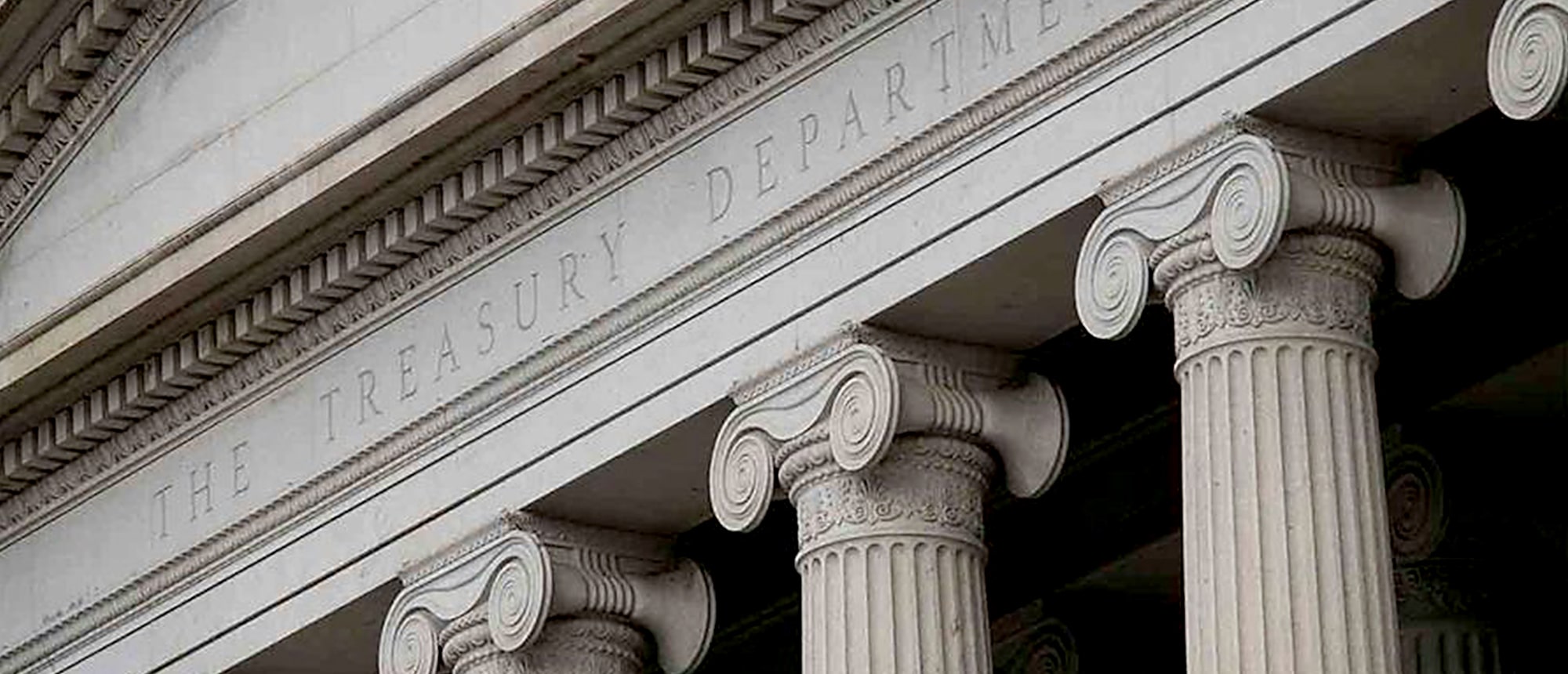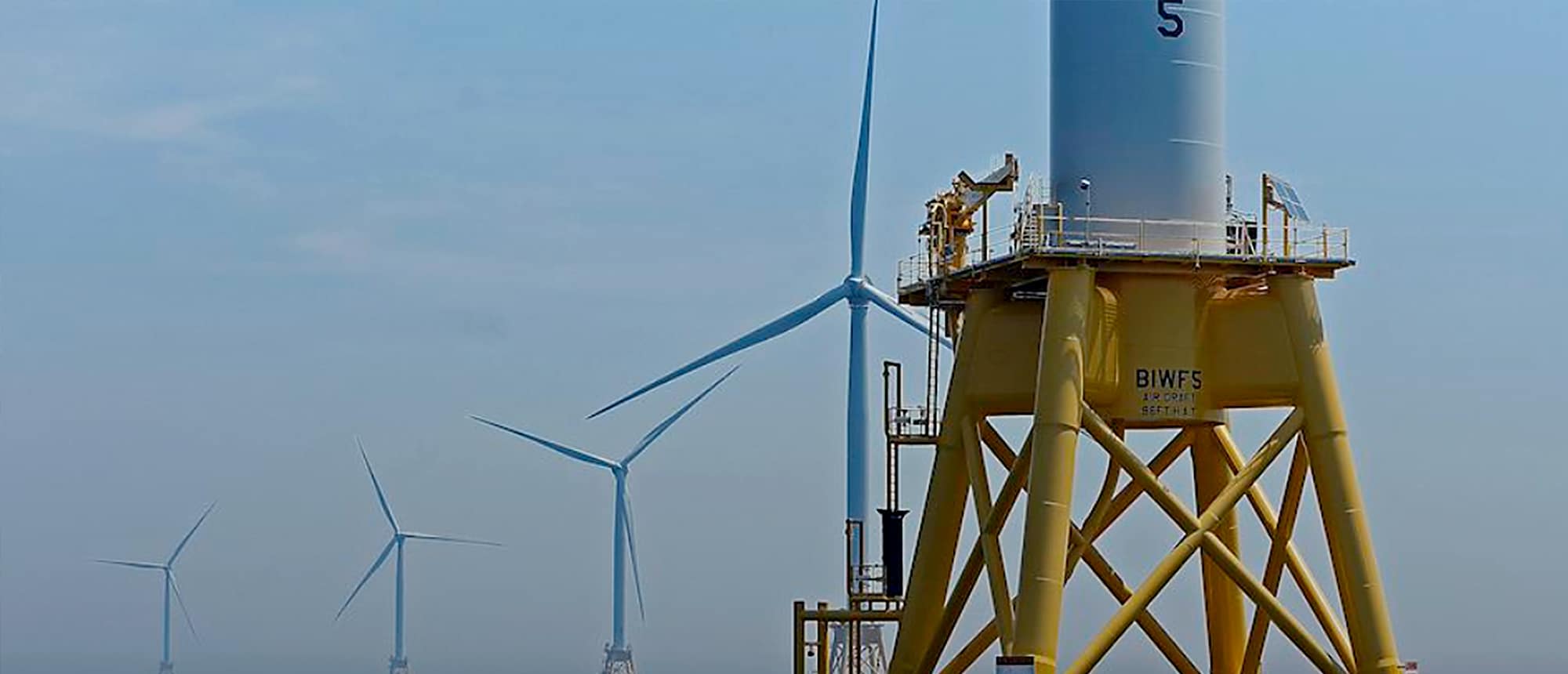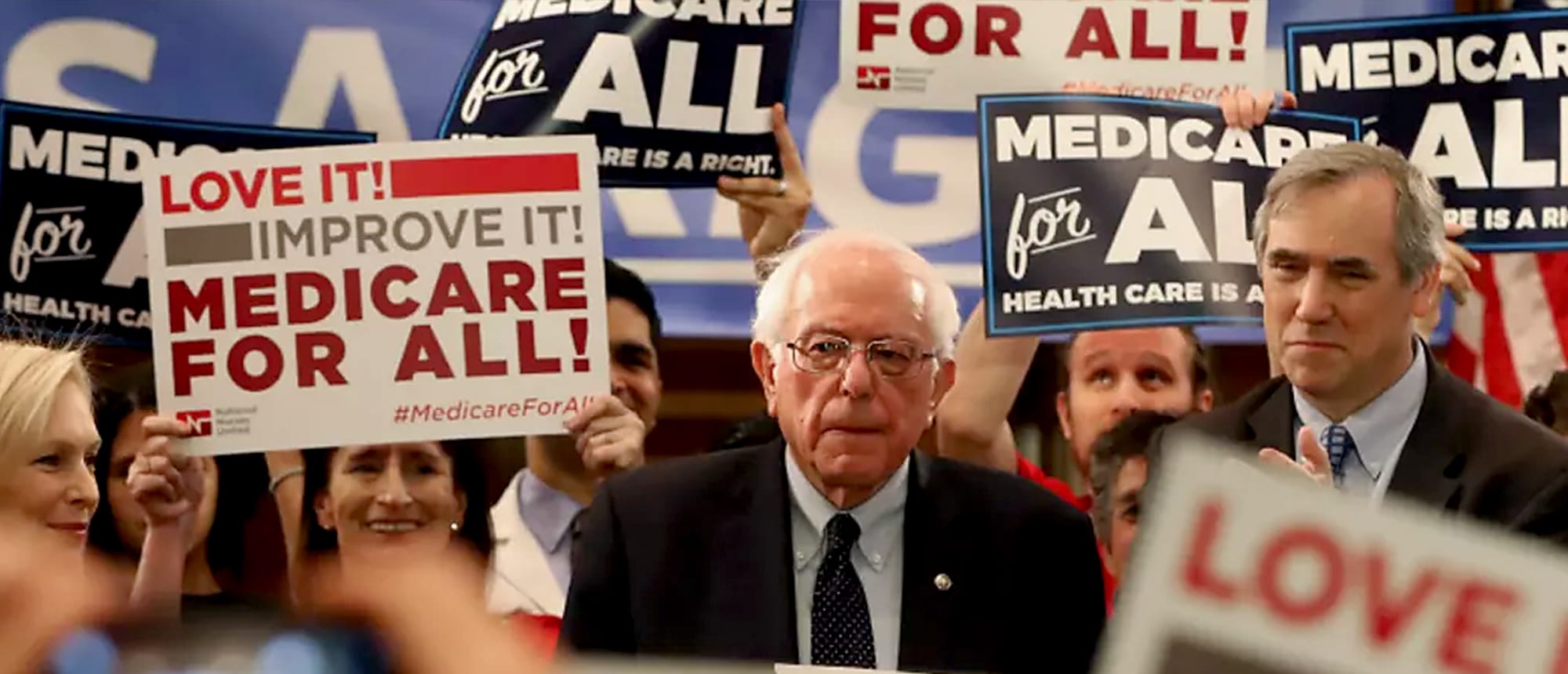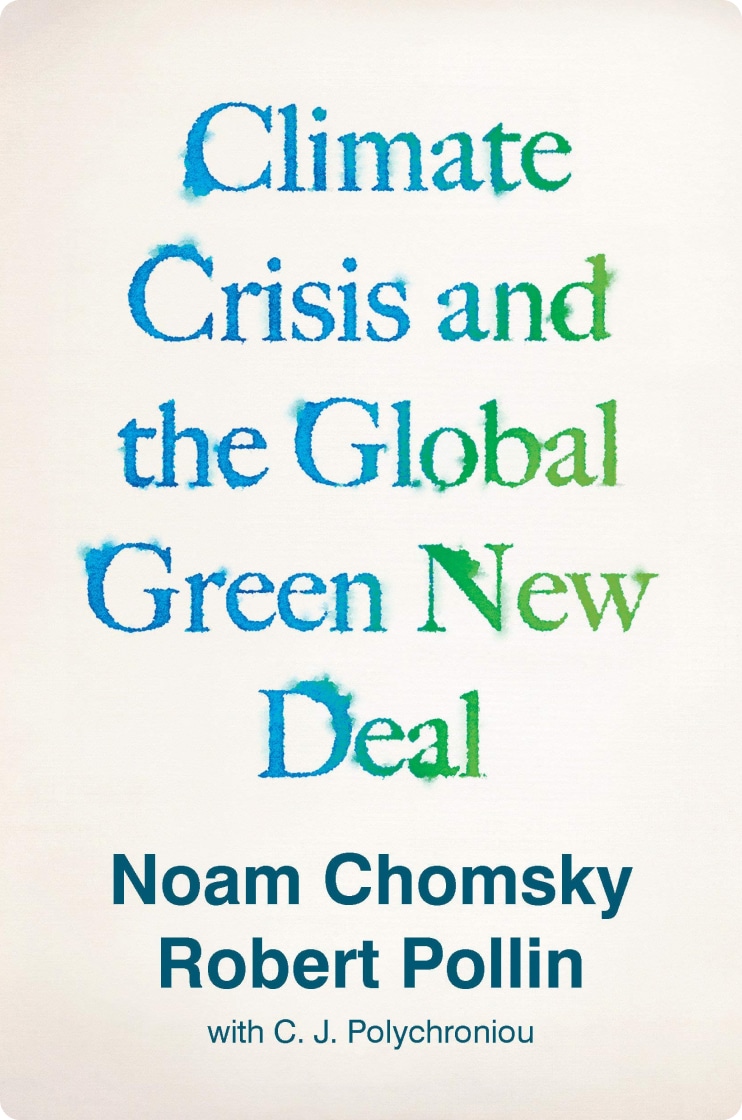The Deficit Is Exploding And That’s A Good Thing
One huge question about the stimulus package that nobody seems to be asking is: Where does the money come from to pay for it?
The bill is the largest fiscal stimulus program in US history, with a budget totaling roughly $2 trillion, equal to about 10 percent of the gross domestic product—the market value of all goods and services the country produces. The reason nobody seems to be asking where the money will come from is that the correct answer is evident: The federal government will borrow it by issuing US Treasury bonds.
Unlike any other government or private entity in the world, the US government has the capacity to borrow at will over the course of the recession. The government will also be able to manage the enormous increase in its debt load that will result from this borrowing without serious difficulties. This is, first, because US Treasury bonds are recognized as the safest assets available on the global financial market. Financial market players, therefore, clamor to own US Treasury bonds exactly in situations such as now, with the world economy rapidly becoming very uncertain and dangerous. Most global trade is also still conducted in US dollars, which creates a built-in demand for dollars that no other currency can match.
Even with the gigantic financial commitments that the government has made with the stimulus bill, congressional Democrats and the White House have already begun discussions on passing a follow-up measure, probably with an additional $2 trillion price tag. This follow-up bill would address the evident major gaps in the current bill, particularly in its support for hospitals, health care workers, and Covid-19 patients. It would also provide a broader range of stimulus support, through investments focused on public infrastructure, to boost the economy out of the recession and onto a long-term recovery path.
Total federal government borrowing could reach 20 percent of GDP or more. The total figure gets elevated because, before the pandemic hit, the deficit was already at a record high for an economic expansion period, at 4.6 percent of GDP, due to Trump’s 2017 tax cuts for corporations and the rich. Adding everything up, the only comparable figures come from World War II, when the US deficit averaged 23 percent of GDP from 1943–45.
The absence of alarm bells ringing over these colossal deficit figures stands in dramatic contrast with the experience of only 11 years ago, during the Great Recession. At that time, a loud chorus of “deficit hawks,” including many of the leading mainstream macroeconomists in the country, insisted that the 2009 stimulus program that passed under President Obama—the American Recovery and Reinvestment Act (ARRA)—would be ruinous. Implementation of the ARRA led to government deficits over 2009–11 that averaged 9 percent of GDP, which at the time were the largest peacetime deficits in US history. The response of John Taylor, a senior macroeconomist at Stanford and a top economist in the George W. Bush administration, was representative of the deficit-hawk position among leading academics. Taylor offered that the upward trend for US government debt “portends America’s ending.” What has changed over the past 11 years?
Certainly crass self-interest is playing some role. The benefits from the deficits that resulted from the 2017 Trump tax cuts skewed heavily to big business and the rich. Such deficits are somehow far less worrisome to Republican politicians and their academic supporters than those that would support egalitarian social programs like Social Security, Medicaid, or low-income housing. In that spirit, the current stimulus program funnels its biggest rewards by far to big corporations that are in line for at least $500 billion worth of credit with virtually no strings attached. Still more, these funds from the Treasury will be matched by trillions more in bailout lending support from the Federal Reserve.
Beyond this, the deficit hawks advanced a series of claims as to why the Obama deficits would be disastrous. These claims were then tested against reality as the recession and recovery unfolded. They all proved to be wrong. Understanding how they were wrong enables us to understand why the forthcoming huge increases in government deficits and debt will be manageable.
First, the deficit hawks maintained that the big deficits during the Great Recession would set off an intense inflationary spiral. Prices would rise rapidly, as the saying goes, because “too much money would be chasing too few goods.’” However, during a deep recession such as occurred over 2007–09, the dominant pressures push prices downward, not upward. To begin with, people have less money to spend during a recession, so market demand goes soft relative to businesses’ supplies of goods and services. Businesses lay off workers as their markets weaken, which in turn mean that workers’ bargaining power declines, and wages thereby fall. Business costs also fall as a result, with falling costs leading to lower consumer prices.
The deficit hawks also claimed during the Great Recession that government borrowing on this scale would cause interest rates to spike, because the government would be competing for funds against the demands of private-sector borrowers. The resulting high interest rates would discourage private businesses from undertaking new investments or expanding their existing operations. In fact, during the Great Recession, because US government bonds were recognized as the safest assets available on the global financial market, demand for these bonds surged. This will also be true again in the current crisis. Interest rates on US government bonds will, therefore, fall relative to every other credit instrument on the global market.
The interest rate on US Treasury Bonds with a five-year maturity this past March 31 was 0.4 percent, with no hint of any upward movement forthcoming. When the US government can borrow at 0.4 percent, the burden of paying interest on the debt will also be modest, even if the amounts being borrowed are gigantic. For example, at a 0.4 percent interest rate, the government’s annual interest payments on $2 trillion in debt will be $8 billion (0.04 percent of GDP). This is hardly a ruinous debt-servicing burden. However, if the interest rate were, instead, at the 10 percent average level that prevailed in the 1980s under Ronald Reagan’s presidency, the annual interest payments would be 25 times higher, at $200 billion.
Even if the government debt-servicing burden became a drag on the economy, the Federal Reserve has the capacity, as needed, to buy up and effectively retire a share of the outstanding debt. The technical term for this policy measure is “debt monetization.” Through practicing debt monetization, the US government can effectively create money as needed in order to counteract the economic crisis (without having to literally run a printing press). The Fed can also buy up corporate bonds that are now held by private banks and other finance companies, just as it did during the Great Recession. This will provide Wall Street firms with piles of cash to get through the crisis. Over the course of the Great Recession, the total Fed bailout of Wall Street amounted to $12 trillion, dwarfing the $800 billion Obama stimulus program conducted through the US Treasury. As the current recession unfolds, we should expect Fed operations in support of Wall Street to exceed even those Great Recession figures.
While the deficit hawks were badly wrong, no other country could have claimed anything like the privileged financial status enjoyed by the US government during the Great Recession. The same is true now. The United States needs to accept the responsibilities that come with this privileged status to spend what is necessary to control the pandemic and fight the recession, both at home and throughout the world.
The United States should therefore be willing to support emergency public health initiatives on a global scale, especially in low-income countries in Africa, Asia, Latin America, and the Caribbean. So far, the spread of the pandemic appears to be modest in these regions, but that is likely to change. When it does, the strain on public health budgets is likely to be catastrophic. Right now, the United States is the least generous high-income country, spending only about 0.2 percent of GDP overall on development assistance programs. During this crisis period, the United States could easily raise its support to the levels that, say, Sweden or Norway already spend, at around 1 percent of their GDP. That would release roughly $200 billion in support for low-income countries to fight the pandemic and recession.
Within the United States itself, while the current stimulus program does help pay for free testing as well as vaccine development, no additional funds have yet been provided for treating people who are infected. Until we have an equitable Medicare for All health care system in place, we need to at least establish free coverage for all Covid-19 patients on public health grounds. Giving potentially infectious people a financial motive to avoid seeking medical care endangers us all. The additional funding for this will need to come from the government’s borrowing in the next round of stimulus spending, as is being advocated now by congressional Democrats.
Discussions around the next stimulus bill are also focusing on infrastructure investments as an economic recovery driver. Specific spending targets being discussed include expanding rural broadband capacity, rebuilding aging hospitals and community health centers, and upgrading water infrastructure. All of these are worthy projects. They also have the benefit of being the types of initiatives that Republicans could realistically support.
That said, progressive activists have been fighting to also include Green New Deal investments in the next round of stimulus spending. It is critical to keep pushing these initiatives forward until they succeed. Even under current pandemic conditions, we cannot forget that we have a severely limited amount of time to take decisive action around climate change. The Intergovernmental Panel on Climate Change concluded in October 2018 that the world must reduce carbon dioxide emissions by 45 percent as of 2030—just 10 years from now—and reach net zero emissions by 2050, in order to retain a reasonable chance of moving onto a viable climate stabilization path. This means that, within the next 30 years, we must totally supplant our current fossil-fuel dominant energy system with one based on the combination of high efficiency and clean renewable energy sources, especially solar and wind power.
Investments in energy efficiency and renewable energy will also provide a strong foundation for long-term economic recovery. Such investments would generate roughly 3 times the number of jobs per million dollars of spending relative to maintaining our existing fossil-fuel-dominant energy infrastructure. Jobs will then open up throughout the US labor market, including for, among others, carpenters, machinists, environmental scientists, secretaries, accountants, truck drivers, roofers, and agricultural laborers. Investment spending at about 2 percent of GDP would generate about 6 million jobs in the first year of full activity alone. Such a program would also deliver lower energy costs for consumers. This is because energy-efficiency investments enable consumers to spend less for a given amount of energy services, and the costs of renewable energy are already competitive with those for fossil fuels and nuclear power, even with the recent plunge in global oil prices.
In short, the US government today possesses the unique financial capacity to mount an effective fight at the historically unprecedented scale required against both the pandemic and the economic collapse. It also has the wherewithal to move the economy onto an ecologically sustainable recovery path, with Green New Deal investments generating jobs and new opportunities throughout the country. Whether the government embraces these challenges, or, instead, continues to squander its resources on giveaways to giant corporations and Wall Street, will depend on the balance of political forces in the months ahead. Effective political mobilization will therefore be imperative for pushing this balance in the direction that it so badly needs to go.





